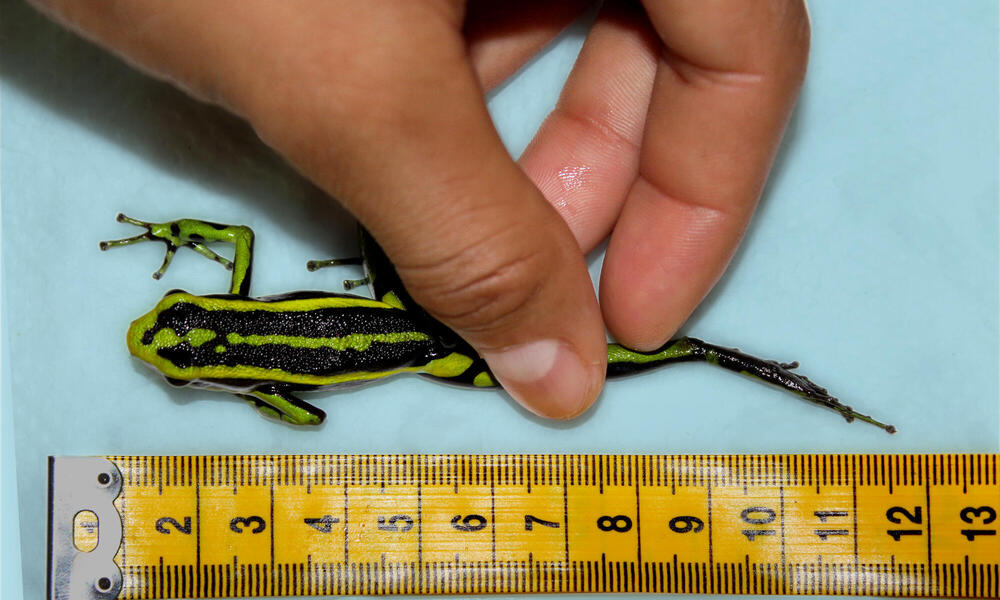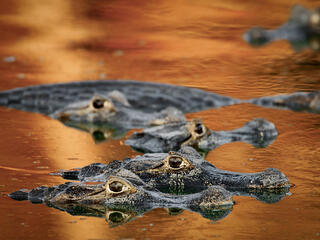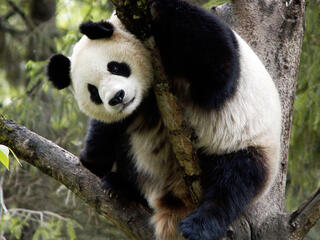During her undergraduate studies in Bogotá, Valeria Ramírez Castañeda learned that California garter snakes evolved to eat toxic newts, which in turn adapted by becoming more poisonous. This example of coevolution—when two species affect one another’s evolution through natural selection over time—piqued her curiosity: Did similar prey-predator relationships exist in tropical regions?
Ramírez Castañeda’s research led her to the Colombian Amazon, where, as an ecologist and evolutionary biologist, she now studies the interactions between poison dart frogs and colubrids like the royal ground snake that have evolved to resist the frogs’ paralyzing, sometimes deadly, toxins. Supported by a fellowship from WWF’s Russell E. Train Education for Nature Program, she investigates how such reciprocal relationships drive coevolution and help to maintain biodiversity.
The Amazon, home to more than 370 species of reptiles, is one of Earth’s greatest biodiversity puzzles. Losing just one species can decrease the survival odds of others, says Ramírez Castañeda, which can spark “a pyramid of consequences.” With hundreds of thousands of acres deforested each year, untangling that puzzle is urgent.
One hurdle? The royal ground snake is elusive, making it difficult to study. So, for the past decade, Ramírez Castañeda has worked closely with local and Indigenous collaborators in Leticia, a small Colombian city beside the Amazon River, to find and research the reptile. Recently, she introduced a pilot project: asking tuk-tuk drivers to collect run-over snakes for tissue sampling.
Local communities are integral to her research, Ramírez Castañeda says, but they’re often excluded from the conversation. “[Scientists] publish everything in English, but in the Amazon, most people don’t speak English fluently.” She advocates for translating scientific findings to open the field to diverse audiences and help non-English-speaking communities better protect their flora and fauna, including oft-maligned snakes.
Ramírez Castañeda estimates that thousands of snakes are lost in Colombia every day—most due to deforestation, but also intentional attacks. “People kill snakes because of a lack of information,” she says. “Some are dangerous for humans, but the majority are not.” She hopes that by improving peoples’ understanding of Amazonian reptiles, her work will help conserve them—and the countless species with which they evolved.




